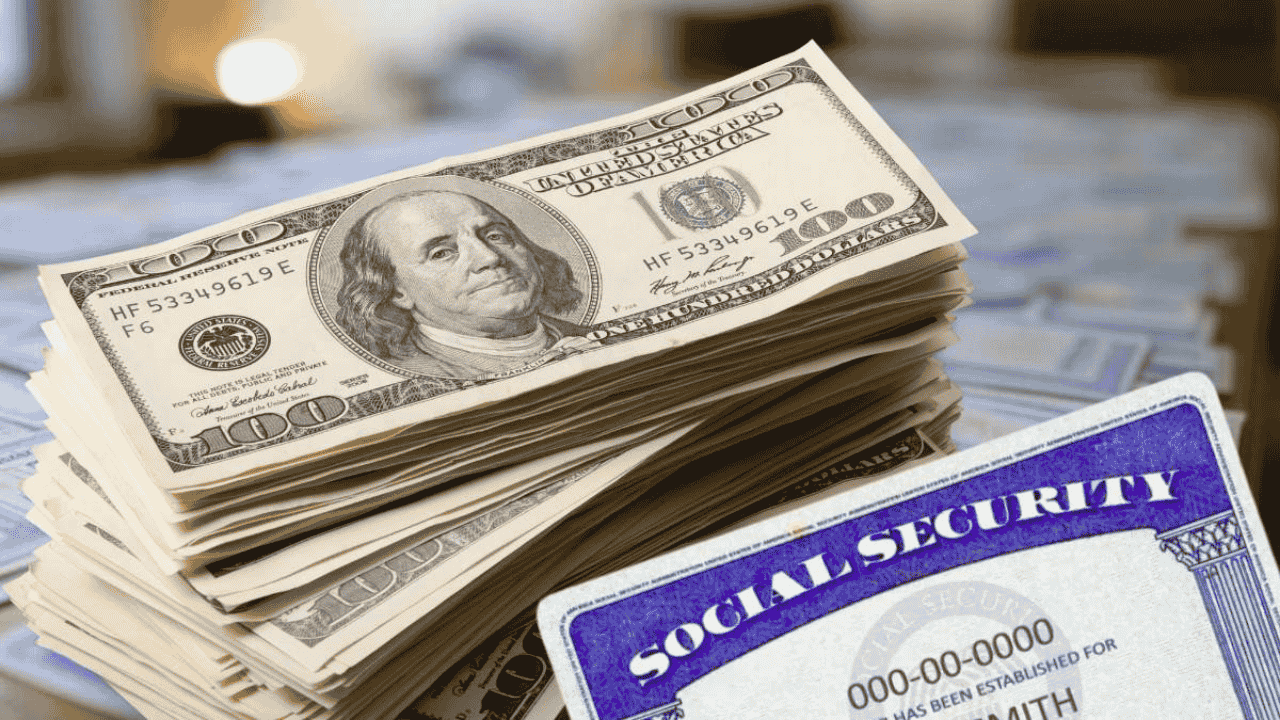A sweeping trade agreement between the United States and Japan has just been announced, marking what could become one of the most influential economic partnerships in years. Former President Donald Trump revealed that the two countries have finalized a $550 billion deal that will immediately reduce tariffs and open doors for both American exporters and Japanese manufacturers.
The announcement comes at a crucial moment, just days before a new round of tariffs was set to take effect on August 1. By striking this deal now, both nations appear to be moving swiftly to protect their economies from fresh trade barriers and to spark new investment opportunities.
Markets and analysts are already calling this a significant shift in international trade policy. With automobile tariffs slashed and broader access for U.S. agricultural products, the agreement could drive billions in new business and alter long-standing trade dynamics between the two powers.
Tariff Cuts and Major Gains for Both Economies

According to Trump’s statement shared on his Truth Social account, tariffs on Japanese goods entering the U.S. — particularly automobiles and farm produce — will be reduced sharply. The import tax on Japanese cars, for example, will fall from 25% to 15%, a change expected to immediately benefit major carmakers. In exchange, Japan has agreed to open its market further to U.S. exports, giving American farmers and manufacturers much‑needed new opportunities.
“This is a very exciting time for the United States,” Trump noted, emphasizing the decades of cooperation that have shaped U.S.–Japan ties. While supporters see this as a clear win for both sides, some U.S. auto groups are already questioning whether the new rules give Japan a competitive edge compared to Canada or Mexico, which remain under the higher tariff rate.
Markets Respond With Strong Optimism
The reaction in Tokyo was immediate. The Nikkei index climbed 2.6%, hitting a one‑year high as investors celebrated the news. Shares of Toyota soared over 11%, with Honda and Nissan also posting strong gains. Analysts described the surge as a clear sign that Japan’s manufacturing sector stands to benefit greatly.
Meanwhile in the United States, some industry voices urged caution. They argue that while the deal may open markets, it also creates new competition that could affect domestic automakers still adjusting to global supply chain pressures.
Final Details and Political Ripples
Japan’s chief trade negotiator Ryosei Akazawa confirmed in Washington that the talks are complete. His Facebook post, tagged “#MissionComplete,” suggested the final terms are set, even though they have not been fully disclosed to the public. Trump echoed that sentiment during a White House event, calling it possibly “the largest trade deal in history” between the two nations.
In Tokyo, Prime Minister Shigeru Ishiba responded carefully. Facing political headwinds after losing his coalition’s majority in the upper house, Ishiba said he needed to study the agreement closely before commenting on its potential effects on Japan’s economy.
Looking Beyond Japan: More Trade Talks Ahead
The U.S.–Japan deal comes as part of a broader push to accelerate global trade agreements. U.S. trade with Japan alone reached nearly $230 billion in 2024, with Japan remaining the country’s fifth-largest trade partner and leading foreign investor. Now, with the August 1 tariff deadline approaching, the Trump administration is racing to finalize further pacts with the United Kingdom, Vietnam, Indonesia, and the European Union.
Negotiations with China, however, remain on hold after years of tariff disputes. Still, with EU officials scheduled to visit Washington this week, the momentum for fresh deals is unmistakable — and this landmark agreement with Japan might just be the opening chapter of a much bigger story.









